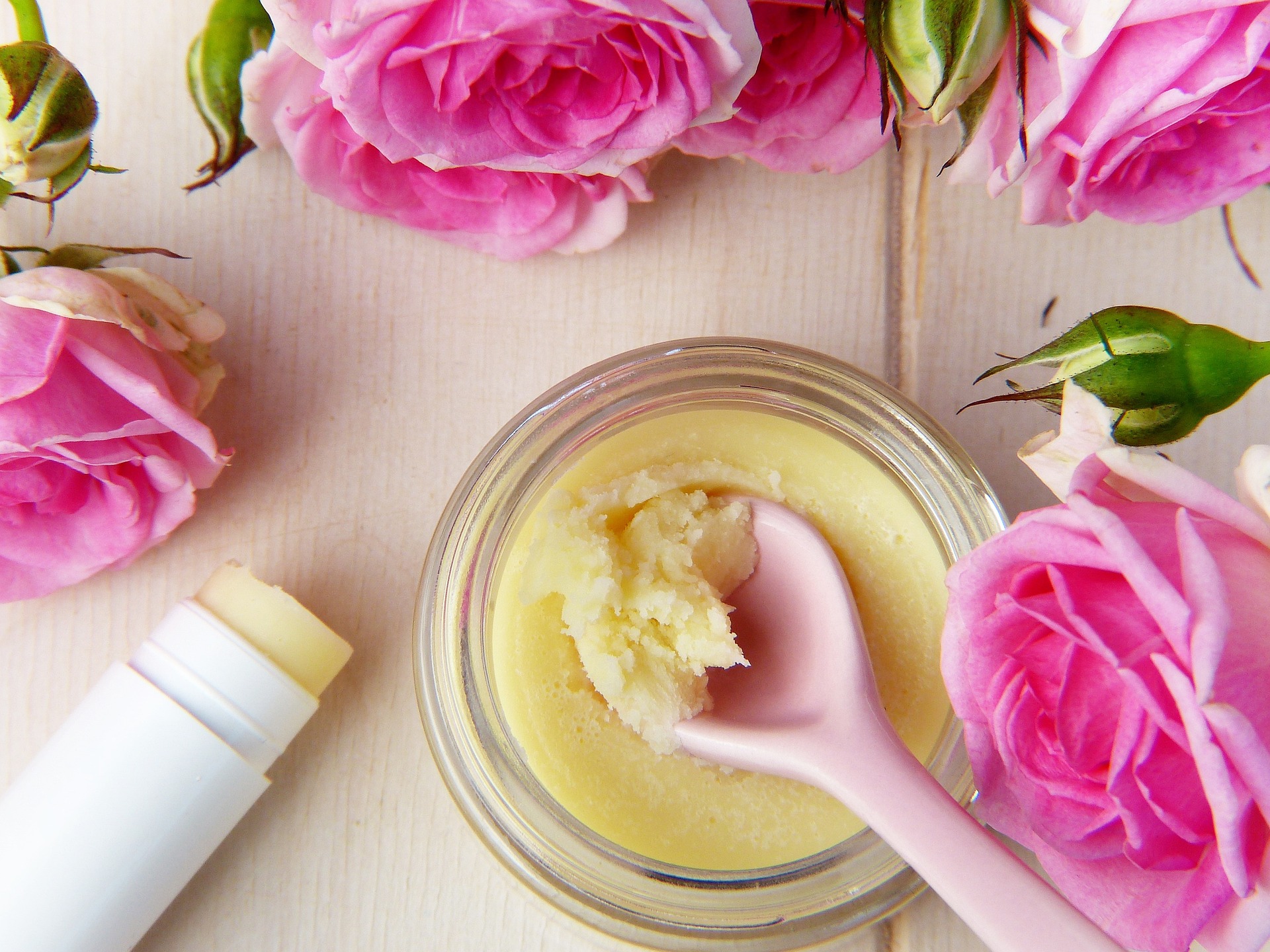Cryosphere Skincare: Harnessing the Power of Ice
The beauty industry has long been fascinated by the transformative power of temperature, but a new trend is emerging that takes this concept to chilling extremes. Cryosphere skincare, inspired by the Earth's frozen regions, is revolutionizing beauty routines with its promise of revitalized, youthful skin. This innovative approach taps into the regenerative properties of extreme cold, drawing inspiration from the resilience of organisms that thrive in icy environments. As beauty enthusiasts seek ever more sophisticated ways to enhance their complexions, cryosphere skincare offers a fresh, science-backed alternative to traditional treatments. From subzero facials to products infused with glacial water, this cutting-edge trend is rapidly gaining traction among those in pursuit of radiant, age-defying skin.
The Frozen Frontier of Beauty
The concept of cryosphere skincare finds its roots in the study of extremophiles – organisms that survive and even thrive in the harshest environments on Earth. Scientists have long been intrigued by the unique adaptations of creatures living in polar regions, where temperatures can plummet to mind-boggling lows. These organisms have evolved sophisticated mechanisms to protect their cells from freezing and damage, often producing specialized proteins and antioxidants that could hold the key to preserving human skin.
Research into these cold-adapted organisms has revealed a treasure trove of potential skincare ingredients. For instance, certain Arctic algae species produce compounds that shield them from UV radiation and oxidative stress – two major culprits in skin aging. Similarly, proteins found in Antarctic fish blood prevent ice crystal formation, a property that could be harnessed to protect skin cells from damage during extreme cold treatments.
The beauty industry has taken note of these findings, leading to the development of products and treatments that aim to replicate the protective and regenerative effects observed in nature’s cold extremes. This has given rise to a new category of skincare that goes beyond mere cooling sensations, instead seeking to fundamentally alter skin physiology through controlled exposure to intense cold.
The Science of Subzero Skin Care
At the heart of cryosphere skincare is the principle of cryotherapy – the use of extremely low temperatures for therapeutic purposes. When applied to the skin, intense cold triggers a cascade of physiological responses that can have profound effects on skin health and appearance.
One of the primary mechanisms at play is vasoconstriction, the narrowing of blood vessels in response to cold. This initial constriction is followed by rapid vasodilation as the skin warms, resulting in increased blood flow to the treated area. This boost in circulation can help deliver more oxygen and nutrients to skin cells, potentially accelerating cellular regeneration and collagen production.
Moreover, exposure to cold has been shown to stimulate the production of collagen and elastin, two key proteins responsible for skin’s firmness and elasticity. A study published in the Journal of Cosmetic Dermatology found that localized cryotherapy treatments led to a significant increase in collagen density and improved skin texture in participants.
Cold treatments may also have anti-inflammatory effects, helping to soothe irritated skin and reduce the appearance of redness and puffiness. This makes cryosphere skincare particularly appealing for those dealing with conditions like rosacea or acne.
Glacial Waters and Icy Extracts
While cryotherapy treatments form one pillar of cryosphere skincare, another key aspect involves the use of ingredients sourced from cold environments. Glacial water, rich in minerals and often touted for its purity, has become a prized ingredient in many high-end skincare formulations.
Proponents argue that the unique mineral composition of glacial water can help balance skin’s pH levels and provide essential nutrients. Some brands go a step further, claiming that the structured nature of water molecules in glacial ice – arranged in a hexagonal pattern – allows for better penetration into the skin.
Arctic and Antarctic botanical extracts are also making their way into skincare products. Plants that survive in these harsh environments often produce high levels of antioxidants and other protective compounds. For example, Antarctic Pearlwort, one of only two flowering plants native to Antarctica, has been found to contain high levels of flavonoids that could help protect skin from environmental damage.
Cryosphere-Inspired Treatments
The influence of cryosphere skincare extends beyond topical products to encompass a range of innovative treatments. Cryofacials, which involve exposing the face to vapors cooled to temperatures as low as -160°C, have gained popularity in high-end spas and clinics. Proponents claim these treatments can tighten pores, boost collagen production, and give skin an immediate glow.
Another emerging treatment is cryolipolysis, a non-invasive procedure that uses controlled cooling to eliminate fat cells. While primarily marketed for body contouring, some practitioners are beginning to explore its potential for facial rejuvenation, particularly in areas prone to sagging.
At-home devices inspired by professional cryotherapy treatments are also hitting the market. These range from simple ice rollers to more sophisticated gadgets that use thermoelectric cooling to deliver a consistent, controlled cold to the skin.
Challenges and Considerations
Despite its growing popularity, cryosphere skincare is not without its challenges and controversies. Critics argue that the benefits of extreme cold treatments may be overstated, and that long-term effects are still not fully understood. There are also concerns about the potential for skin damage if cryotherapy treatments are not administered correctly.
Environmental considerations pose another challenge. As the beauty industry turns its attention to the Earth’s polar regions for inspiration and ingredients, questions arise about the sustainability and ethics of sourcing from these fragile ecosystems. Some brands are addressing these concerns by focusing on lab-created alternatives that mimic the properties of Arctic and Antarctic organisms without the need for harvesting from the wild.
The Future of Cryosphere Skincare
As research into the effects of cold on skin health continues to evolve, the cryosphere skincare trend shows no signs of cooling off. Industry experts predict that we’ll see further innovations in this space, including more sophisticated at-home devices and treatments that combine cryotherapy with other cutting-edge technologies like LED light therapy or microcurrent stimulation.
The fascination with extreme environments as a source of beauty solutions is likely to expand beyond just cold climates. We may soon see skincare products inspired by other harsh environments, such as deep-sea hydrothermal vents or high-altitude mountain ranges.
As with any emerging trend, consumers are advised to approach cryosphere skincare with a balanced perspective. While the potential benefits are intriguing, it’s important to consult with skincare professionals and to introduce new treatments gradually. As the beauty industry continues to push the boundaries of innovation, cryosphere skincare represents an exciting frontier in the quest for healthy, radiant skin.





